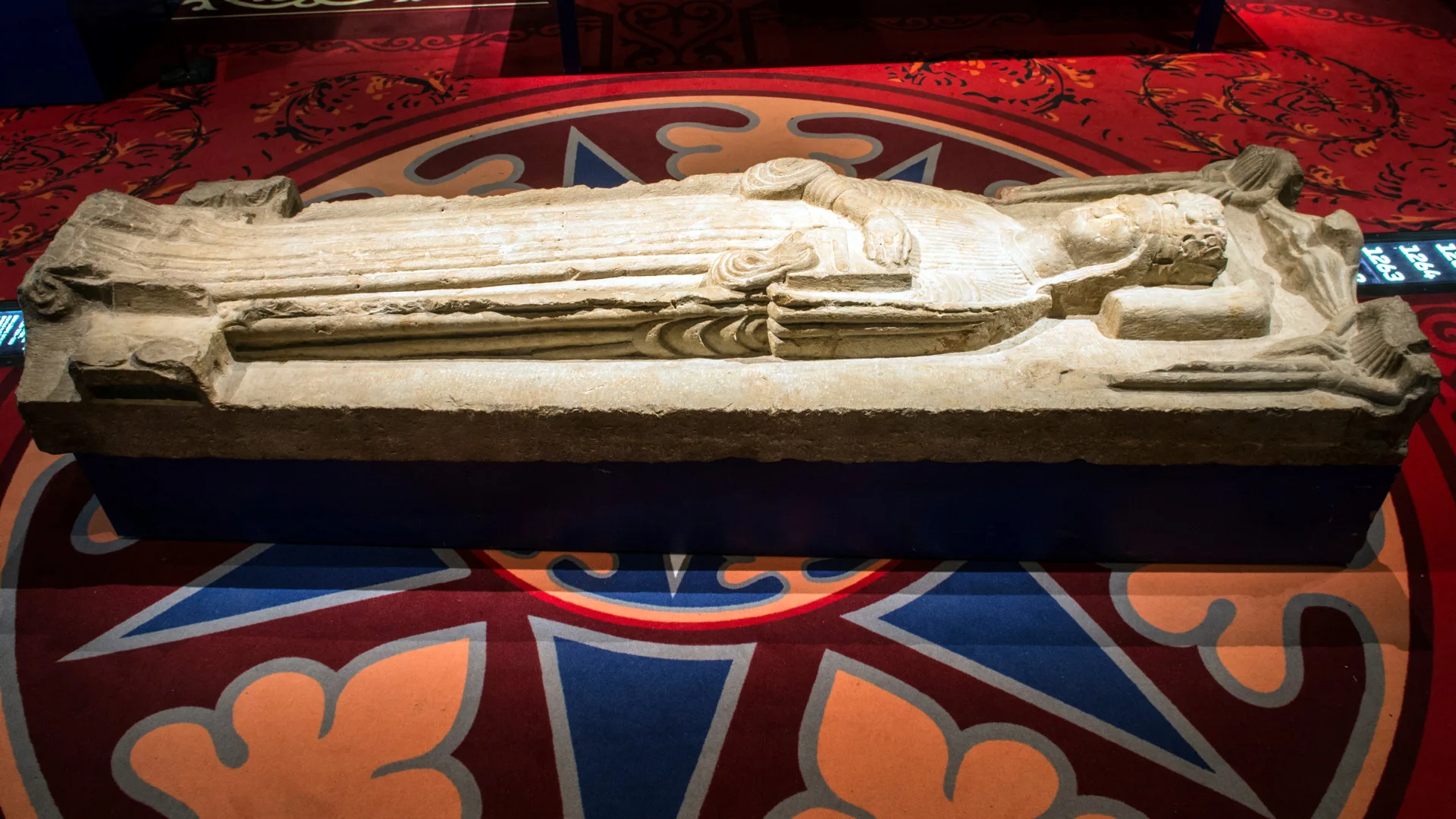Catherine Sunesdotter – a medieval queen
Viking Age
AD 800 – AD 1100
Middle Ages
AD 1050 – AD 1520
Modern Age
AD 1520 – AD 2025
Catherine Sunesdotter was probably born around 1215 and assumed the role of queen through her marriage to King Eric XI. In the Chronicle of Eric, he was known as “Eric the Lisp and Lame”. Both Catherine and Eric came from prominent families, and their union may have been intended to reconcile dynasties long at odds with one another.
Catherine was widowed after only a few years of marriage. Eric is thought to have died of a hereditary disease. As a widow, Catherine becmae legally independent for the first time in her life. The meaning of female legal minority has varied greatly across different periods in history. For Catherine, widowhood and legal majority meant that she was no longer as dependent on a male relative or guardian as she had been as both maiden and wife. Catherine Sunesdotter now controlled an immense inheritance, including the towns of Nyköping and Söderköping.
Catherine’s legacy
She chose to donate a large share of her inheritance to the convent of Gudhem in Västergötland. The town of Söderköping, however, she left not to the convent but to her sister Benedicta. Catherine remained a widow, settled at Gudhem in the final years of her life, and died sometime around 1252.
The convent women of Gudhem honoured her with a richly adorned tomb chest. A tomb chest is a coffin-shaped stone monument, often bearing a sculpted effigy of the deceased. In Sweden, such monuments were common in the Middle Ages and during the Age of Great Power. Catherine’s tomb chest was purchased by the state from the parishioners of Västergötland in the nineteenth century, and today it is on display at the Swedish History Museum.








